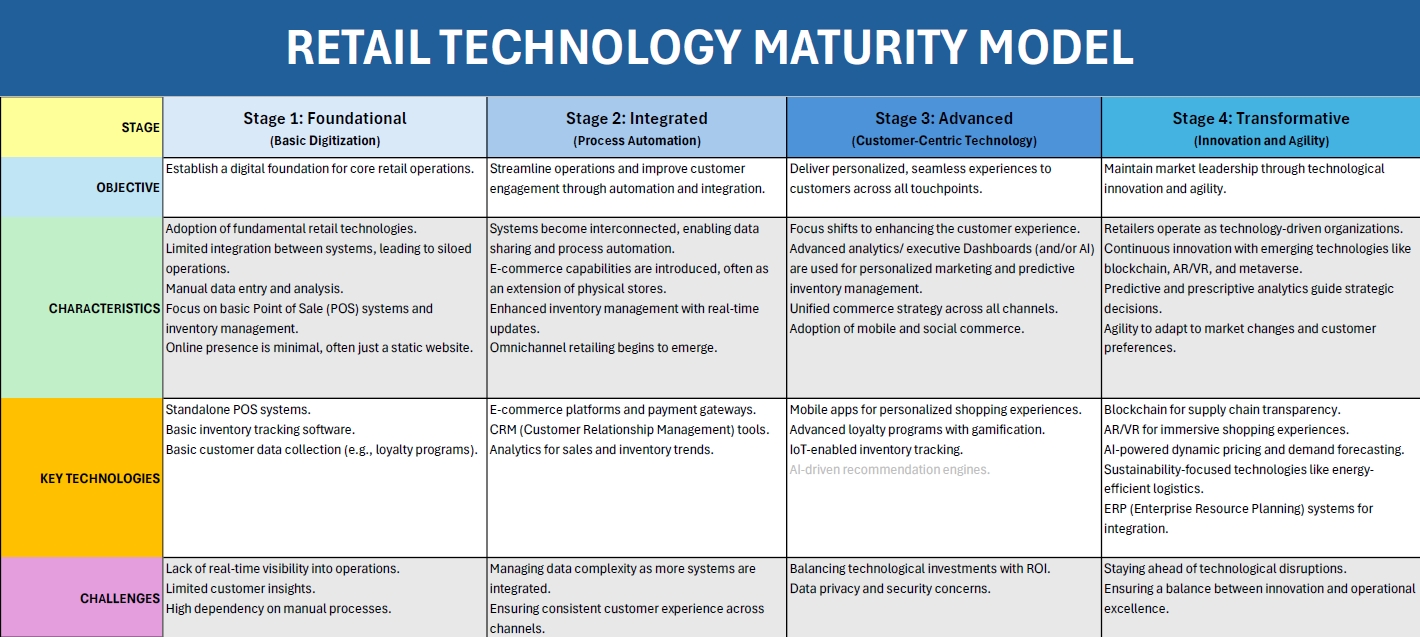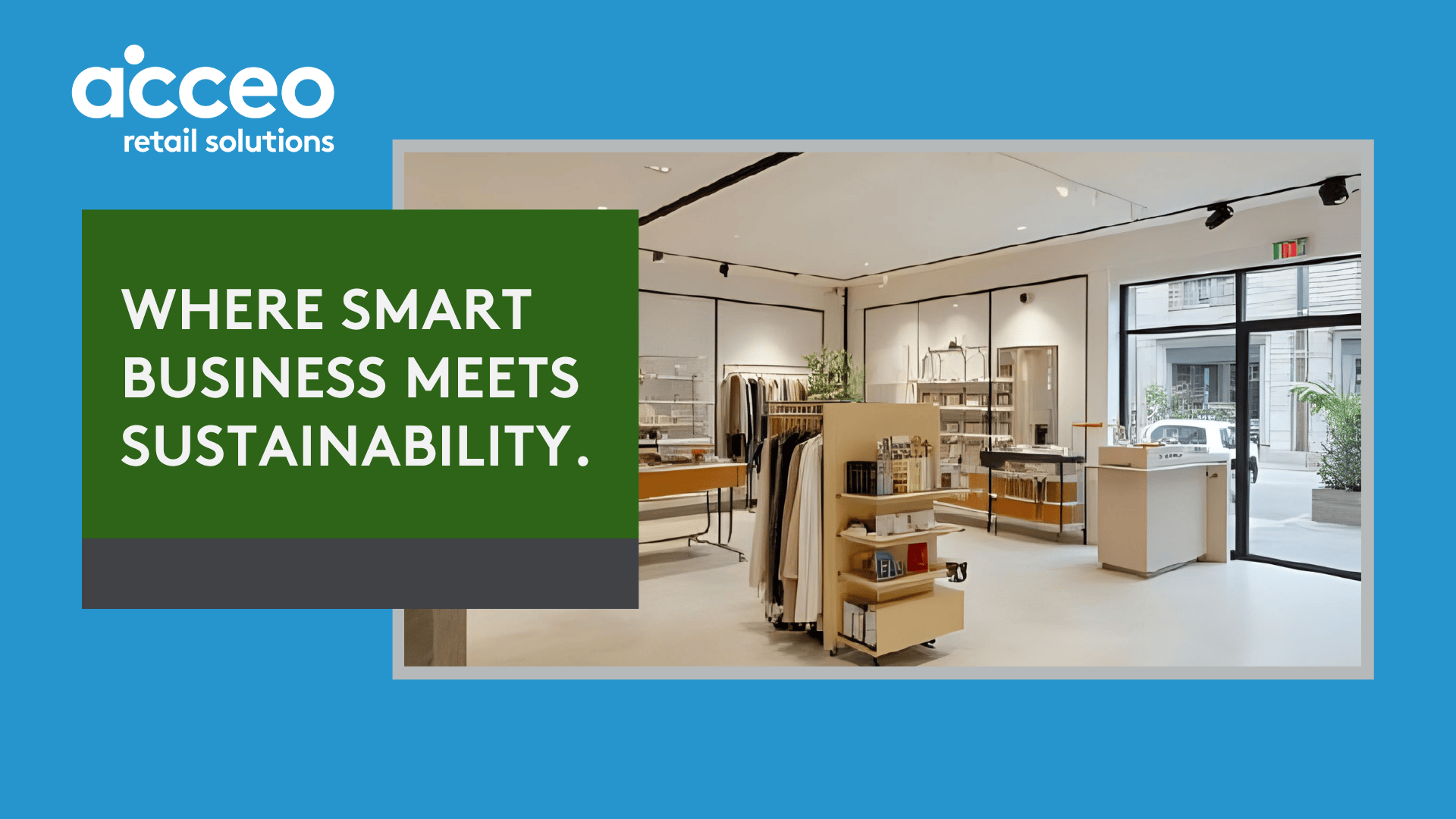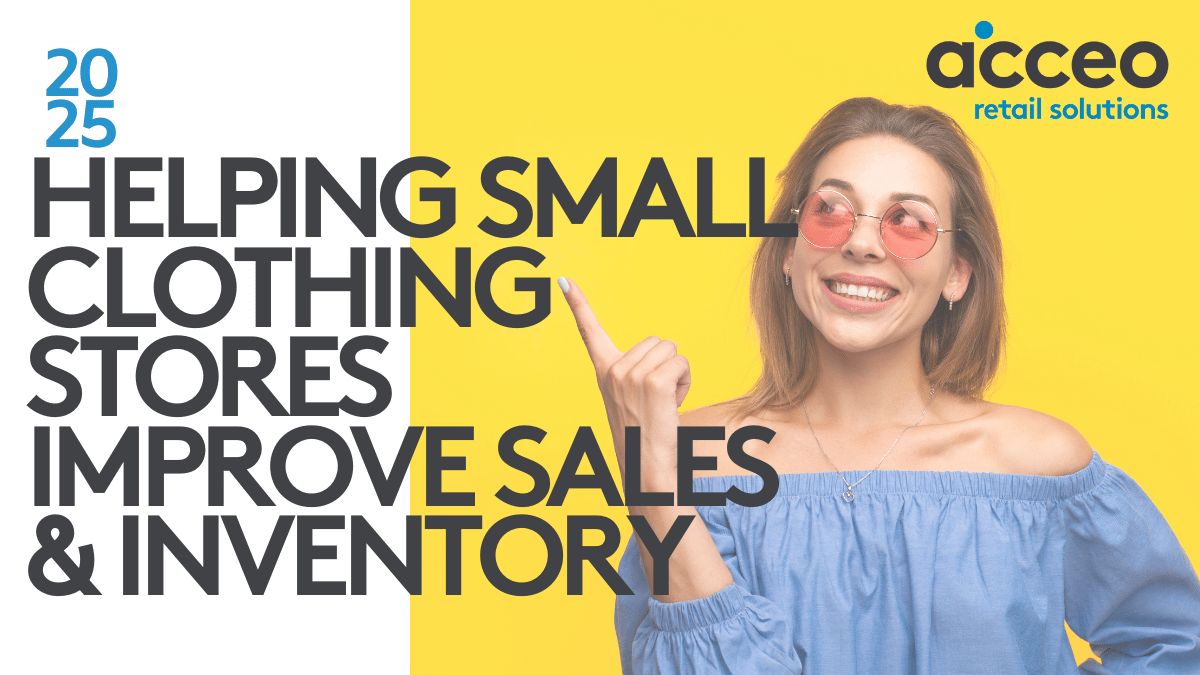Blog Post
How to Use the Retail Technology Maturity Model to Map Your Growth
By Ajay Singh | 21 August 2025

Introduction
In today’s retail environment, technology is more than a back-office tool - it’s the foundation for growth, customer loyalty, and competitiveness. The challenge is knowing exactly where your business stands today and what steps will take you further.
The Retail Technology Maturity Model Canada is designed to make that journey clear. It gives retailers and their VAR partners a practical way to assess current capabilities, identify challenges, and pinpoint the technologies that will unlock the next stage of success.
Whether you’re planning your own upgrades or helping clients do the same, this model takes the guesswork out of the process.
Stage 1: Foundational (Basic Digitization)
Objective: Establish a digital foundation for core retail operations.
Typical setup:
- Standalone POS systems: Limited functionality, but a step up from paper invoices or mechanical cash registers.
- Basic inventory tracking: Labour-intensive, non–real-time tools, useful mainly for periodic counts.
- Minimal reporting: A few basic metrics, such as daily or monthly sales summaries.
Common pain points:
- Manual sales tracking
- No real-time inventory visibility
- Limited customer data
Typical retailer: Often smaller-volume businesses or new entrepreneurs, cautious about over-investing early on. Customer relationships are personal and transaction-based, with no centralized data to guide decisions.
Next step: Connect core systems to reduce manual work and eliminate data silos.
Stage 2: Integrated (Process Automation)
Objective: Streamline operations and improve customer engagement through connected systems.
Typical setup:
- POS integrated with e-commerce and payment gateways: Unified online and in-store sales tracking, plus integrated payment data.
- Analytics and advanced reporting: Data-driven insights into sales trends, inventory performance, and purchasing behaviour, enabling proactive decision-making.
- Multi-location inventory management: Real-time tracking across stores or channels, including online.
Common pain points:
- Disconnected online/offline channels
- Manual data entry and reconciliation
- Inventory mismatches
Typical retailer: Small to mid-sized businesses such as boutiques, sporting goods stores, or garden centres. Often operating both a physical location and an e-commerce site (e.g., Shopify).
Next step: Use integrated data to enable personalized marketing and more precise inventory control.
Stage 3: Advanced (Customer-Centric Technology)
Objective: Deliver personalized, seamless experiences that build loyalty and increase lifetime customer value.
Typical setup:
- Customer profiles: Purchase history and preferences stored for targeted offers, loyalty programs, and enhanced customer experiences.
- Mobile apps for personalized shopping: Custom recommendations, targeted promotions, loyalty rewards, and real-time, location-based offers.
- Targeted promotions and loyalty programs: Campaigns triggered by customer behaviour, often delivering measurable revenue lifts.
Common pain points:
- Limited insight for targeted engagement
- Difficulty personalizing across multiple channels
- Balancing technology investment with returns
Typical retailer: Well-established small and medium businesses optimizing efficiency and customer engagement. For many, this is the highest functionality currently offered by mainstream POS providers.
Next step: Introduce predictive analytics and AI to anticipate customer needs and refine operations.
Stage 4: Transformative (Innovation and Agility)
Objective: Maintain market leadership through innovation and rapid adaptation.
Typical setup:
- AI-powered sales forecasting: Predict demand and automate inventory reordering to reduce waste and avoid stockouts.
- Blockchain for supply chain transparency: Create a tamper-proof record of a product’s journey, increasing trust, authenticity, and recall efficiency.
- AR/VR for immersive shopping: Let customers visualize products in their own space, try on items virtually, or explore digital showrooms.
- ERP (Enterprise Resource Planning): Integrate finance, inventory, sales, HR, and purchasing into one platform for real-time visibility and streamlined operations.
Common pain points:
- Keeping pace with market shifts
- Staying ahead of emerging technologies
- Scaling innovations efficiently
Typical retailer: Large enterprises already use these technologies, but they’re becoming accessible for small and medium businesses. The efficiencies gained, from reduced costs to higher margins, can be game-changing.
How to Use the Model
- Retailers: Use this as a self-assessment tool. Identify your current stage, review the challenges, and plan the technology investments that will move you forward.
- VARs: Use the model as a framework in discovery conversations to guide clients toward their next milestone.
No matter where you are today, there’s a clear path to greater efficiency, stronger customer relationships, and higher profitability. The Retail Technology Maturity Model is your roadmap, and we’re here to help you navigate it.
Explore the next step in your journey and contact our sales team for a free consultation.
Frequently Asked Questions
Even with a clear roadmap like the Retail Technology Maturity Model, you might still wonder how to apply it to your business. Here are answers to some of the most common questions we hear from small and medium-sized retailers, and from VARs who work with them.
- How do I know which stage my business is in?
Look at your current systems and processes. If you’re still relying on standalone POS systems and manual reports, you’re in Stage 1. If your systems talk to each other and you use data to guide decisions, you’re in Stage 2 or beyond. - Do I need to move through every stage in order?
Not necessarily. Some retailers leapfrog stages when they make a major investment in technology. However, skipping essential foundations, like integrating systems before adding advanced customer tools, can create inefficiencies later. - What’s the fastest way to see a return on new technology?
Focus on upgrades that reduce manual work, improve accuracy, and boost customer satisfaction. For many SMBs, moving from Stage 1 to Stage 2 through system integration delivers quick wins in efficiency and sales. - Is Stage 4 realistic for a small or medium business?
Yes. While these technologies were once reserved for large enterprises, they’re becoming more affordable and accessible. AI forecasting, blockchain tracking, and AR/VR experiences are already appearing in SMB-friendly retail software. - How can my VAR help me move to the next stage?
Your VAR can assess your current stage, recommend solutions tailored to your needs, and manage the implementation. They can also train your team to make the most of new tools, ensuring you see measurable results faster.


